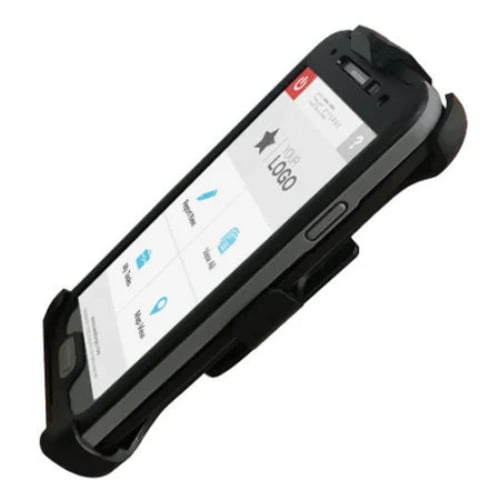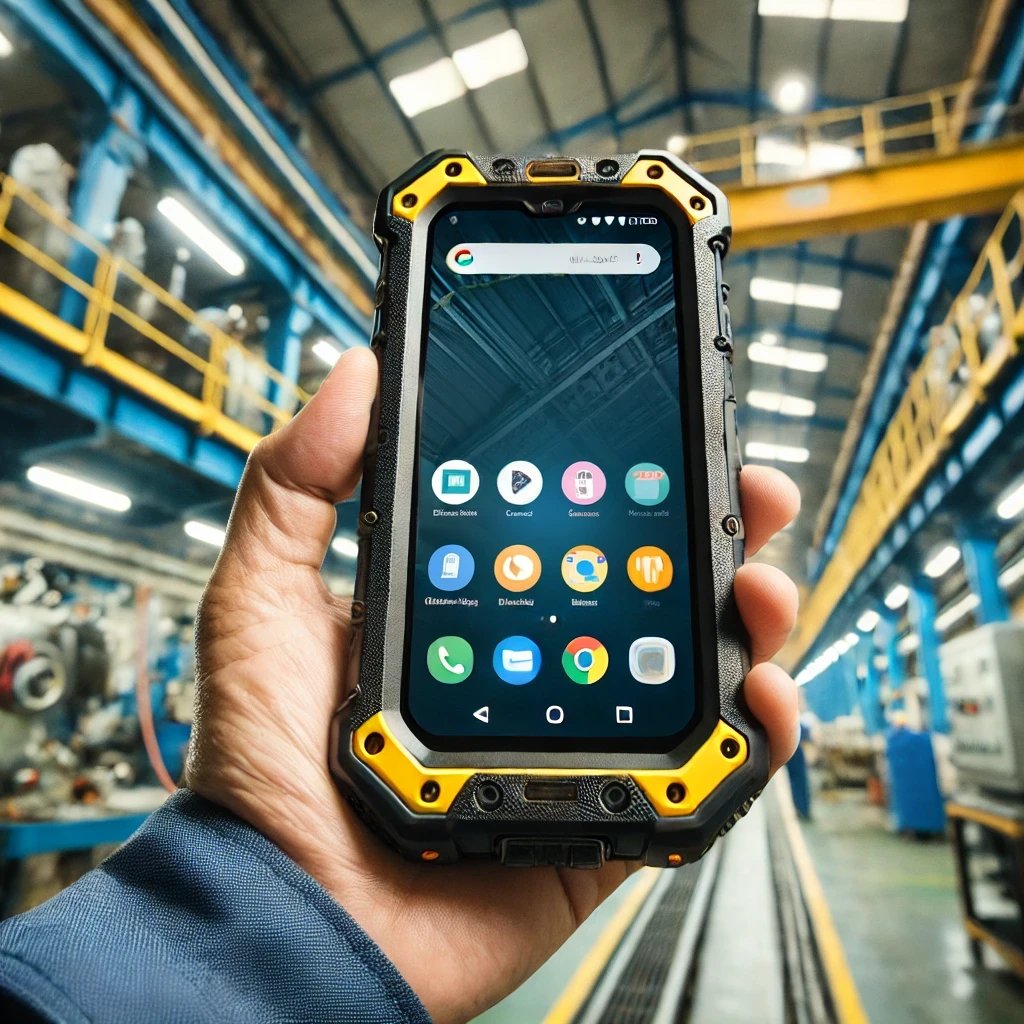
An intrinsically safe phone case is an essential accessory for professionals working in hazardous environments such as oil refineries, chemical plants, and mining operations. Designed to prevent sparks or thermal ignition, these cases provide a crucial layer of protection against explosions. However, like any safety equipment, these cases can degrade over time, compromising their effectiveness.
In this guide, we’ll cover the key indicators that it’s time to replace your intrinsically safe phone case and how to maintain its safety compliance.
Signs of Physical Wear and Tear
Cracks and Breaks in the Case
An intrinsically safe phone case is built to withstand tough conditions, but exposure to extreme temperatures, impact, and rough handling can cause cracks. Even minor fractures can compromise the case’s ability to contain sparks or static discharge.
Action: If you notice any visible cracks, replace your case immediately to maintain compliance with safety standards.
Loose or Missing Seals
Most intrinsically safe phone cases come with sealed edges to prevent exposure to flammable gases and dust. If these seals start peeling, warping, or are missing, the case may no longer offer full protection.
Action: Regularly inspect the sealing components and replace the case if the integrity of the seals is compromised.
Fading or Peeling Labels
Many intrinsically safe cases have certification labels indicating compliance with ATEX, IECEx, or other safety standards. If these labels become illegible, you may not be able to prove compliance during safety inspections.
Action: If labels are worn out or missing, verify certification with the manufacturer and consider replacing the case.

Loss of Shock Absorption and Structural Integrity
Softening or Hardening of Material
Over time, exposure to UV light, chemicals, or extreme temperatures can cause the case material to degrade. Softening or brittleness in the case reduces its ability to absorb shock, making it more likely to break upon impact.
Action: If the case feels softer or harder than usual, it’s time to replace it.
Loose Fit on the Device
If the case no longer fits your phone snugly, it may not provide adequate protection. A loose case increases the risk of accidental drops and exposure to hazardous elements.
Action: If your case doesn’t grip your phone securely, upgrade to a new one that ensures proper fit and protection.
Exposure to Hazardous Substances
Contact with Chemicals
Industries such as oil and gas or chemical processing involve exposure to corrosive substances. If the case shows signs of chemical erosion or discoloration, it may no longer meet safety requirements.
Action: If the case has been in contact with chemicals that degrade its material, replace it immediately.
Dust and Particle Accumulation
For professionals working in explosive dust environments, such as grain processing or woodworking, dust accumulation in case openings can create ignition risks.
Action: Regularly clean your case and replace it if it’s impossible to remove dust from critical areas.
Certification Expiry or Non-Compliance
Outdated Safety Certifications
Intrinsically safe phone cases must meet specific safety certifications like ATEX, IECEx, and UL standards. If your case no longer meets updated regulatory requirements, it could fail compliance checks.
Action: Check the certification date and upgrade your case if industry standards have changed.
Unauthorized Modifications
Any modifications, such as drilling holes for accessories, invalidate intrinsic safety certifications.
Action: If you’ve modified your case in any way, replace it with a compliant model.
Performance Issues with Your Phone
Reduced Sensitivity of Touchscreen and Buttons
Over time, the case’s protective film may wear out, affecting touchscreen responsiveness or button functionality. If using your phone becomes difficult, the case may be restricting proper operation.
Action: If usability is compromised, replace your phone case with a new intrinsically safe model.
Overheating Issues
A damaged case can interfere with heat dissipation, causing your phone to overheat, which may increase ignition risks in hazardous environments.
Action: If you experience frequent overheating, inspect your case and replace it if necessary.
Manufacturer’s Recommended Replacement Timeline
Most manufacturers provide a recommended lifespan for intrinsically safe phone cases, typically 2–5 years, depending on usage conditions.
Action: Always check manufacturer guidelines and replace your case according to their recommendations to ensure continued safety.
How to Choose a Replacement Intrinsically Safe Phone Case
When selecting a new intrinsically safe phone case, ensure it meets the following criteria:
- Certified for Your Work Environment: Look for ATEX Zone 1, Zone 2, IECEx, or UL certifications as applicable.
- Compatible with Your Phone Model: Ensure it’s designed for your specific device to maintain a snug fit.
- Durable and Chemical-Resistant Materials: Opt for a case that resists impact, chemicals, and extreme temperatures.
- Meets Current Compliance Standards: Verify that the case meets the latest industry regulations.
Browse Certified Intrinsically Safe Phone Cases Here
Conclusion
An intrinsically safe phone case is a critical safety accessory, but its effectiveness diminishes over time due to wear and tear, environmental exposure, and regulatory updates. Regular inspection and timely replacement ensure continued compliance and protection in hazardous workplaces.
If your phone case shows signs of damage, aging, or non-compliance, don’t take risks—upgrade to a new certified case today!
Explore the Latest Intrinsically Safe Phone Cases and ensure workplace safety now!
FAQs: When to Replace Your Intrinsically Safe Phone Case
How often should I replace my intrinsically safe phone case?
Most cases last 2–5 years, but replace them sooner if you notice damage, loose seals, or outdated certifications.
Can I repair a cracked intrinsically safe phone case?
No. Repairs can compromise safety certifications. Always replace a damaged case with a new certified one.
What certifications should I check before buying a replacement?
Look for ATEX, IECEx, and UL certifications to ensure compliance with hazardous environment regulations.
Can I modify my phone case and still keep it intrinsically safe?
No. Any modifications (e.g., drilling holes) invalidate intrinsic safety compliance and should be avoided.
Where can I buy a certified replacement intrinsically safe phone case?
You can find a wide range of certified intrinsically safe phone cases at Intrinsically Safe Store.



























